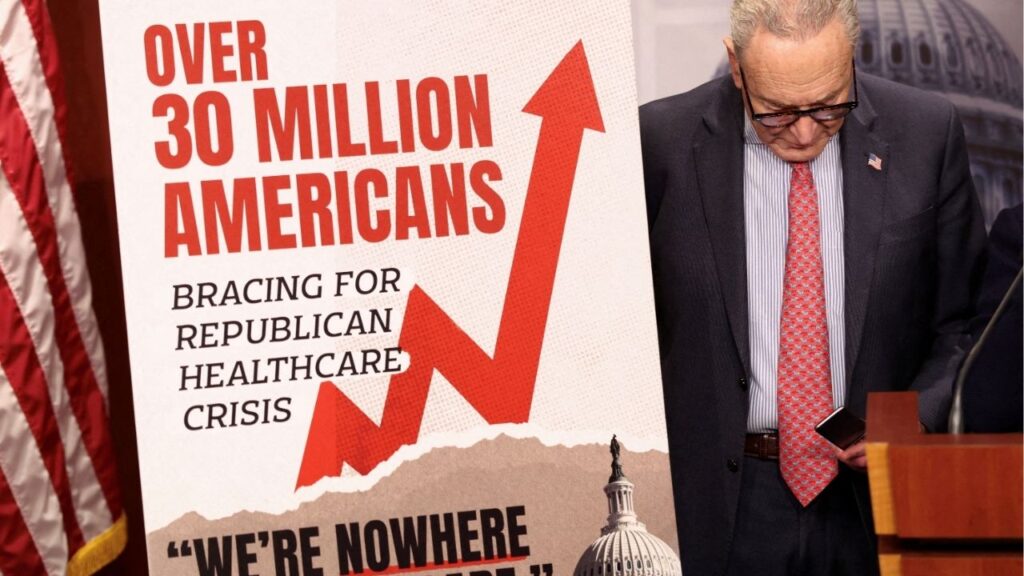Share
Those to the left of the political centerline often complain — with good reason — about using taxpayer funds to bail out large corporations that are insolvent, or nearly so, due to mismanagement.
The criticism erupted 41 years ago when the federal government saved Chrysler Motors from extinction and was aired again a decade ago when Chrysler, General Motors and major banks were rescued during a global economic crisis.

Dan Walters
Opinion
Whether PG&E survives as a corporation or is forced into becoming a consumer-owned cooperative, as some officials suggest, or a government-owned entity is still very uncertain. PG&E’s owners and managers must not, critics say, be rewarded for bad corporate behavior.
As the PG&E crisis runs its course, some big governmental entities are also testing whether they are too big to fail.
One is the Los Angeles Unified School District, which appears on everyone’s list of managerial basket cases. It constantly flirts with insolvency by persistently overspending revenues and looks to Sacramento for bailouts.
An Under-The-Radar Bailout
In 2015, for instance, researchers at UC Berkeley concluded that LA Unified had shifted most of the extra money it received to improve the educations of poor and English learner students into general purposes, such as salary increases.
A coalition of local civil rights groups complained to the state Department of Education, which ruled that LA Unified was wrongly diverting funds and ordered it to redirect nearly a half-billion dollars to the required purposes.
Did LA Unified change its ways? Of course not.
A “realignment exercise,” blessed by state education officials, allowed LA Unified to recategorize expenditures to make them legal, just changing some computer codes without actually changing what it was doing. It was an under-the-radar bailout that shortchanged hundreds of thousands of children at high risk of educational failure.
Another example is the San Francisco Community College District.
In 2012, the Accrediting Commission for Community and Junior Colleges gave the City College of San Francisco eight months to prove it should remain accredited, citing multiple managerial and financial shortcomings, and ordered it to “make preparations for closure.”
Too Big to Fail?
That same year, the state’s Fiscal Crisis & Management Assistance team declared the college to be in a “perilous financial position,” caused largely by “poor decisions and a lack of accountability.”
Although it regained its accreditation for seven years, the district has not mended its profligate ways, consistently using unrealistically high enrollment and revenue to generate budgets that are balanced only on paper.
Recently, an auditor hired by the district raised “substantial doubt about its ability to continue as a going concern,” after discovering that it spent nearly $14 million more than it took in during the 2018-19 fiscal year, had been deficit spending for at least three years, and had allowed its reserve to fall below the 5 percent threshold required by the state and the accrediting commission.
Too big to fail? We may soon learn whether there will be another bailout or the district will suffer the self-inflicted indignity of a state takeover of its finances.
CalMatters is a public interest journalism venture committed to explaining how California’s state Capitol works and why it matters. For more stories by Dan Walters, go to calmatters.org/commentary.
[activecampaign form=31]
Categories

Dan Bongino to Step Down From FBI

Judge Allows Trump’s Ballroom Project to Proceed for Now

Canva Down for Thousands, Downdetector Reports
















